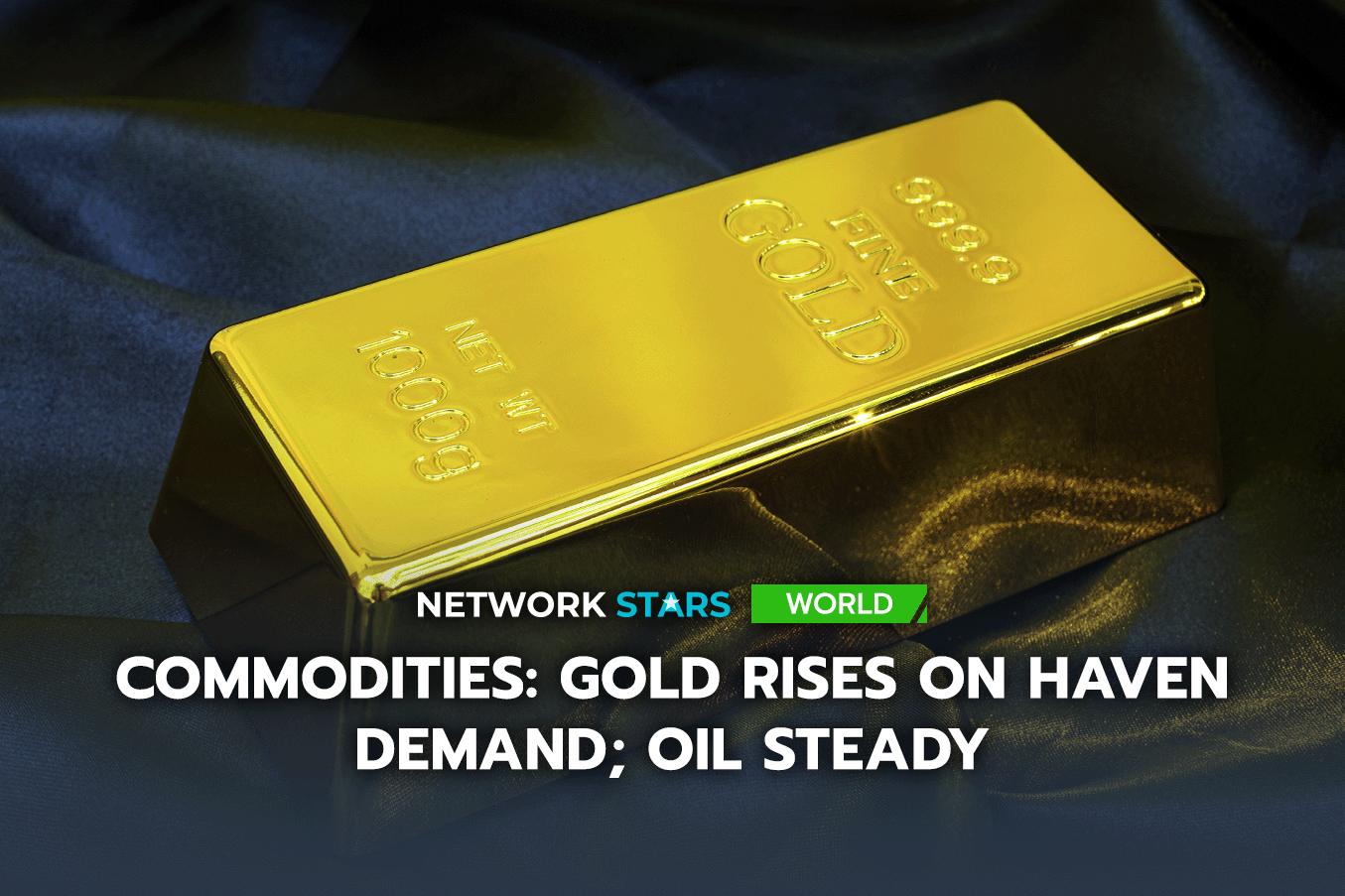Gold prices continued to rise on Tuesday due to growing demand for the precious metal as a safe haven.
Oil prices remained stable after rising more than 1% in the previous session, as the Organization of Petroleum Exporting Countries and its allies opted for a modest increase in production for November.
Silver prices were in bearish territory, while copper on the London Metal Exchange rose slightly.
Gold hits record high
The December gold contract on COMEX briefly surpassed the $4,000 per ounce mark on Tuesday for the first time in history.
This situation is, according to some media reports, the result of the current US government shutdown.
“While the shutdown may dampen the US economic outlook in the short term, it is unlikely to be the decisive reason for gold’s continued strength,” Thu Lan Nguyen, head of currency and commodities research at Commerzbank AG, said in a report.
After all, expectations for US interest rate cuts have shown little movement in recent days. It seems more likely that political and, consequently, fiscal risks have recently become a greater source of uncertainty.
On Monday, the White House downplayed President Donald Trump’s claim that government employees were already being laid off due to the shutdown.
However, they warned that job losses could still occur as the stalemate entered its seventh day.
The ongoing shutdown has also delayed the release of crucial economic indicators, forcing investors to rely on secondary, non-governmental data to assess the timing and scope of potential Fed rate cuts.
Commerzbank anticipates continued strong support for gold prices, with further upside potential driven by expected significant interest rate cuts in the US.
The bank’s updated forecast is $4,000 per ounce by the end of the year and $4,200 per ounce by the end of next year, up from its previous projections of $3,600 and $3,800, respectively.
Oil prices remain stable
On Tuesday, oil prices remained stable as investors weighed OPEC+’s smaller-than-expected November production increase against expectations of oversupply.
In the previous session, both contracts experienced a settlement increase of more than 1%.
This followed OPEC+’s decision to increase its combined oil production by 137,000 barrels per day, starting in November.
Contrary to market expectations of a more aggressive reintroduction of supply, the group’s cautious approach to increasing its share of production indicates concerns about an expected oil supply surplus in the fourth quarter and next year, according to ING analysts.
“Although the increase in production was less than feared, it comes at a time when the supply outlook is already favorable,” Nguyen said.
At the time of writing, the price of West Texas Intermediate crude oil was $61.88 per barrel, virtually unchanged from the previous session.
Brent crude also remained stable at $65.49 per barrel.
Copper prices
Copper prices have reached almost $10,800 per ton, marking their highest point since May last year.
Prices rose due to concerns about supply disruptions last year. This was caused by problems in mining production, specifically the unexpected closure of Panama’s largest mine.
“At that time, we also noted that the price increase was largely driven by expectations, which calls for caution,” added Nguyen of Commerzbank.
Ultimately, those concerns proved to be exaggerated, as there were no restrictions on metal production, despite discussions among Chinese copper smelters about capacity controls.
The world’s leading copper producer maintained solid production growth. However, in the second half of the year, a price correction followed.
“For similar reasons, we remain skeptical this time that current price levels are justified,” Nguyen said.
At the time of writing, the three-month copper contract on the LME was trading at $10,694 per ton, up 0.5% from the previous close.
Source: Investing.com

